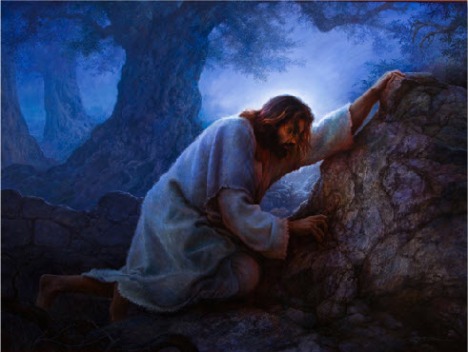“The Number of the Disciples Was Multiplied”

- Which part of your body do you think is most important?
- Which member of the Church do you think is the most important?
1 Corinthians 12:14-21: For the body is not one member, but many. If the foot shall say, Because I am not the hand, I am not of the body; is it therefore not of the body? And if the ear shall say, Because I am not the eye, I am not of the body; is it therefore not of the body? If the whole body were an eye, where were the hearing? If the whole were hearing, where were the smelling? But now hath God set the members every one of them in the body, as it hath pleased him. And if they were all one member, where were the body? But now are they many members, yet but one body. And the eye cannot say unto the hand, I have no Need of thee: nor again the head to the feet, I have no need of you.
1 Corinthians 12:12-13: For as the body is one, and hath many members, and all the members of that one body, being many, are one body: so also is Christ. For by one Spirit are we all baptized into one body, whether we be Jews or Gentiles, whether we be bond or free; and have been all made to drink into one Spirit.
In these verses the Apostle Paul compares the members of the Church to the parts of the body. Just as the foot, the hand, the ear, and the eye are important in their different functions, so are all members of the Church important with their different skills and talents.
OVERVIEW
- Seven men are ordained to supervise the temporal work of the Church.
- Stephen testifies before the Sanhedrin and is stoned to death.
- Philip preaches and performs miracles in Samaria.
- Saul is converted and baptized and begins to preach the gospel.
Here is the handout for this week’s lesson: New Testament Lesson 29.
pax vobiscum
Filed under: Gospel Doctrine | Tagged: Church of Jesus Christ of Latter-day Saints, Disciples, Gospel Doctrine, Jesus, Jesus Christ, John, LDS, Mormon, New Testament Study, Philip, Religion, Saul, Steven | Leave a comment »




